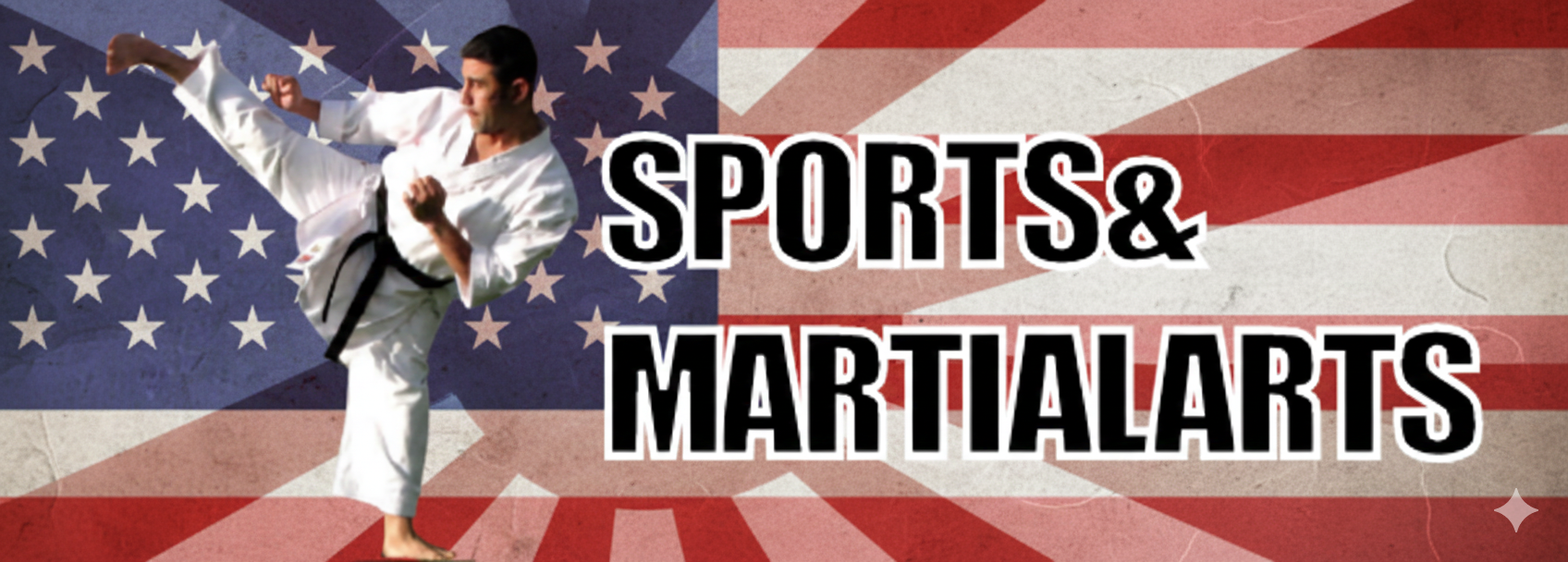Contents
- 1 Karate Blocks
- 1.1 Why Are Karate Blocks Important?
- 1.2 Types of Karate Blocks and Their Applications
- 1.3 Karate Blocks in Kata: The Core of Technique Development
- 1.4 How to Improve Your Karate Blocks
- 1.5 Sword Hand Block – Shuto Uke.
- 1.6 Wrist Block (Kote Uke)
- 1.7 Push Down Block (Osae Uke)
- 1.8 Closed Fist Blocks (Seiken Uke)
- 1.9 High Block (Age Uke)
- 1.10 Middle Block (Chudan Uke)
- 1.11 Low Block (Gedan Uke)
- 1.12 Crossing Arms Block (Kosa Uke)
- 1.13 Conclusion
- 1.14 Karate Requirements
- 1.15 Related
Karate Blocks
Karate Blocks: Essential Techniques for Defense and Mastery
Karate blocks form the foundation of defensive techniques in martial arts, serving as essential skills for practitioners aiming to protect themselves and maintain control during combat. In Karate, blocking isn’t merely about stopping an attack; it’s a strategic movement that emphasizes precision, timing, and awareness, and helps set the stage for counterattacks. Mastering these blocks is key for students of all levels, as they not only enhance physical abilities but also nurture discipline and focus.
Why Are Karate Blocks Important?
Blocks in Karate go beyond simple defense. They are vital for:
- Self-Protection: Blocks allow practitioners to deflect or neutralize incoming strikes, reducing the risk of injury.
- Energy Conservation: By strategically redirecting the opponent’s energy, Karate blocks help minimize physical strain and allow practitioners to stay agile during extended sparring.
- Setting Up Counterattacks: Many Karate blocks are designed to create openings for counter-strikes. Properly executed, they can shift the balance of power in a confrontation.
- Building Confidence: Knowing effective blocking techniques gives practitioners the assurance that they can handle attacks, instilling confidence and self-discipline.
Types of Karate Blocks and Their Applications
Each block in Karate serves a unique purpose and is often tailored to respond to specific types of attacks. Here are some key blocks:
- Jodan Uke (Upper Block): This block defends against strikes aimed at the head. Executed with the forearm raised, it protects the upper body and sets up for counterattacks.
- Gedan Barai (Downward Block): Commonly used to block low-level attacks, like kicks or sweeping strikes, this downward motion directs the opponent’s energy away.
- Soto Uke (Outside Block): Effective for blocking punches directed toward the torso, this block moves the attacker’s arm outward, creating an opportunity for a counter-strike.
- Uchi Uke (Inside Block): This block intercepts attacks coming toward the center of the body. It involves an inward motion, allowing the practitioner to move closer to the opponent for a follow-up technique.
Karate Blocks in Kata: The Core of Technique Development
Karate blocks aren’t just used in sparring; they are integral to kata, the structured sequences of movements in Karate that simulate combat scenarios. Kata allows students to practice blocks in a controlled, repetitive way, ingraining them into muscle memory. Each block performed in kata teaches practitioners to visualize real opponents, enhancing mental preparedness for real-life situations.
Practicing blocks within kata builds:
- Muscle Memory: Repetitive practice ensures that blocks become automatic responses, crucial in fast-paced situations.
- Timing and Rhythm: Kata teaches practitioners to perform blocks with precise timing, making them more effective in defense.
- Mindfulness and Focus: Kata requires mental engagement with every block, developing the practitioner’s ability to stay aware and respond quickly.
How to Improve Your Karate Blocks
Mastering blocks takes consistent practice and attention to form. Here are some tips:
- Focus on Form: Ensure each block is performed correctly. Small adjustments in angle, stance, and posture make a significant difference in effectiveness.
- Practice with a Partner: Practicing blocks with a partner adds realism and hones reaction time.
- Engage in Kata Practice: Performing blocks within kata refines technique and teaches their application in complex sequences.
- Visualize Real Scenarios: Visualizing an opponent’s attacks while practicing helps improve reaction time and prepares the mind for sparring.
Sword Hand Block – Shuto Uke.
- Shuto Uke in Karate – Sword Hand Block.
- Shuto Mawashi Uke (Circular Sword Hand Block)
Wrist Block (Kote Uke)
- Kote Uke (Wrist Block)
Push Down Block (Osae Uke)
- Osae Uke (Push Down Block)
Closed Fist Blocks (Seiken Uke)
- Seiken Uke (Forefist Block)
- Uchi Uke (Inside Block)
- Soto Uke (Outside Block)
High Block (Age Uke)
Middle Block (Chudan Uke)
- Chudan Uke – Middle Block
- Uchi Uke – Inside Block
- Soto Uke – Outside Block
Low Block (Gedan Uke)
- Gedan Barai Uke in Karate
- Gedan Uke (Low Block)
Crossing Arms Block (Kosa Uke)
- Kosa Uke (Crossing Arms Block)
Conclusion
Karate blocks are essential for both self-defense and mastering the art of Karate. As an integral part of kata, they not only enhance physical defense but also foster discipline, mindfulness, and timing—skills that extend beyond the dojo. Practitioners who invest in learning and perfecting blocks find themselves better prepared, both mentally and physically, for any situation they may face.
Karate Requirements
- Karate Stances
- Karate Punches
- Karate Kicks
- Karate Blocks
- Karate Strikes
- Karate Traditional Katas
- Karate Traditional Weapons
- Karate General Terminology
Follow our Social Media!











